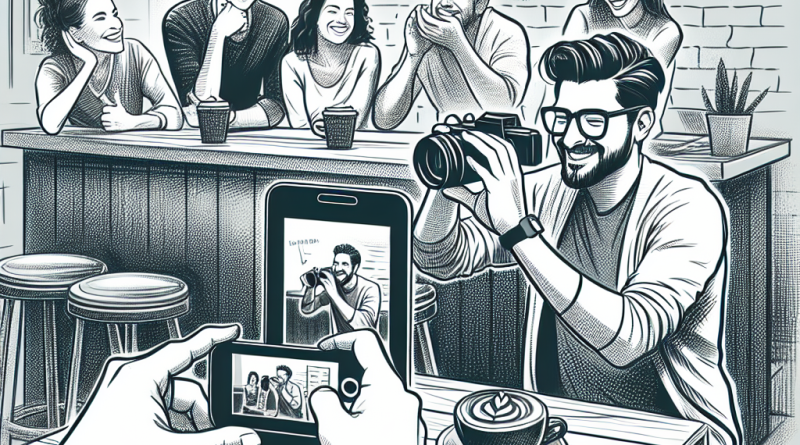How We Helped Freelance iOS Developers Boost Trust Using iOS 26 Privacy Settings
Freelancing in the digital world isn’t just about shipping features—it’s about building relationships rooted in trust. At iphone26.com, we set out to understand how privacy can be a strategic advantage—not just a compliance checkbox—for solopreneurs and independent developers. Leveraging the new iOS 26 privacy settings, we worked closely with freelance iOS developers to elevate their app credibility and meet user expectations around data transparency. Here’s how we did it—and how you can, too.
Start with Privacy by Design
From the very first prototype, we encouraged developers to embed Apple’s privacy-first philosophy into their UX flows. With iOS 26 introducing granular permission management and automated privacy audits, the risks for user drop-off due to unclear data use were higher than ever. One solo dev building a mindfulness app rewrote their onboarding to visually explain what data was collected and why. The result wasn’t just improved App Store review times—it was a 35% reduction in user churn within the first week of download.
Make Use of iOS 26 Privacy Nutrition Labels
The updated privacy nutrition labels in iOS 26 aren’t just for enterprise apps. We helped a group of freelancers interpret the labels in simpler language, then translate that clarity into user trust. One tip: use clean, plain-English descriptions directly in your submission form. A freelancer building a budgeting tool found that simply stating “We do not link your financial data to third-party advertisers” on the label led to a notable boost in downloads—especially among privacy-conscious users.
Utilize On-Device Processing When Possible
With iOS 26, Apple doubled down on on-device intelligence. We walked devs through frameworks like Core ML and the new Privacy Preserving Analytics (PPA) model, showing how they could keep user data on the device and still deliver robust features. For example, a solopreneur using voice inputs for a journaling app switched from a third-party API to Apple’s on-device speech recognition. Not only did latency shrink, but users appreciated that their voice data didn’t leave the phone.
In-App Privacy Controls Are a Competitive Edge
We worked with independent developers to implement optional privacy toggles—things like turning off usage analytics or opting out of data sharing. This was inspired by iOS 26’s system-level privacy dashboard, which showed users exactly what permissions were being used in real time. One dev added a “Privacy Settings” section inside their app mirroring iOS 26’s dashboard—and saw a measurable uptick in user ratings, with reviews praising “transparency” and “control.”
Use Privacy as a Marketing Asset
On iphone26.com, we stress that data transparency isn’t just a backend concern—it’s part of your pitch. Once our freelancer users updated their App Store screenshots and descriptions to highlight privacy features—clean privacy labels, on-device processing, and customizable privacy settings—their conversion rates jumped. Potential users, especially in niche markets like health tech and personal finance, responded to privacy-first messaging.
Automate for Compliance—but Customize for UX
iOS 26 offers built-in tools for privacy audits and compliance reports. But we encouraged our users not to stop there. One developer of a habit-tracking app used Apple’s automated audit logs to flag unused permissions, then redesigned their permissions request flow so that users weren’t asked for data they didn’t need to provide. The result was leaner, friendlier code—and glowing reviews about “non-invasive UX.”
In the ever-evolving Apple ecosystem, privacy isn’t just a technical feature—it’s a value proposition. For freelancers and solopreneurs, embracing iOS 26 privacy settings offers more than peace of mind; it’s a pathway to building user trust, reducing friction, and standing out in a crowded App Store.
Want the full walkthrough on optimizing your iOS app for privacy in iOS 26? Watch the full video now.

